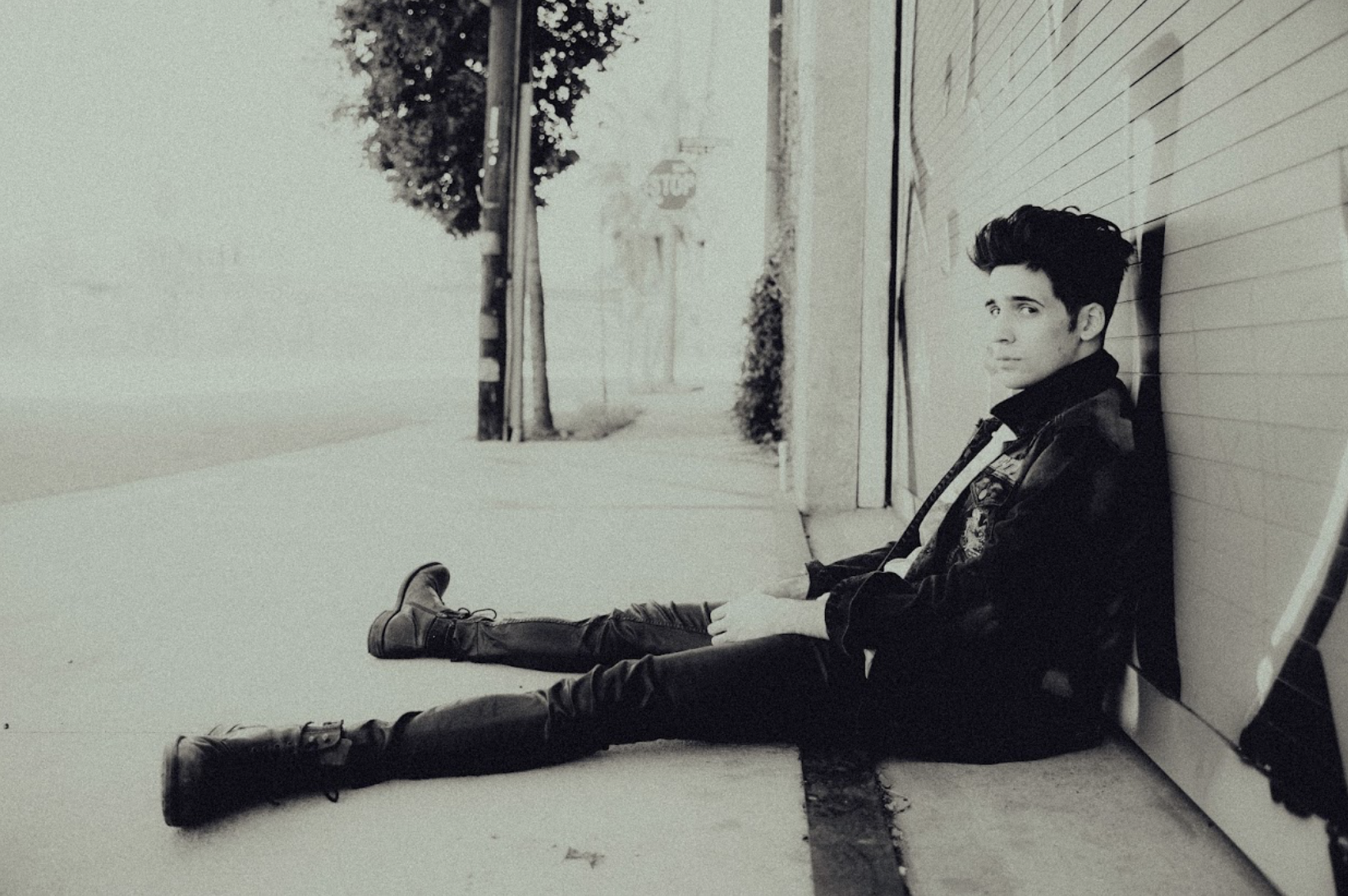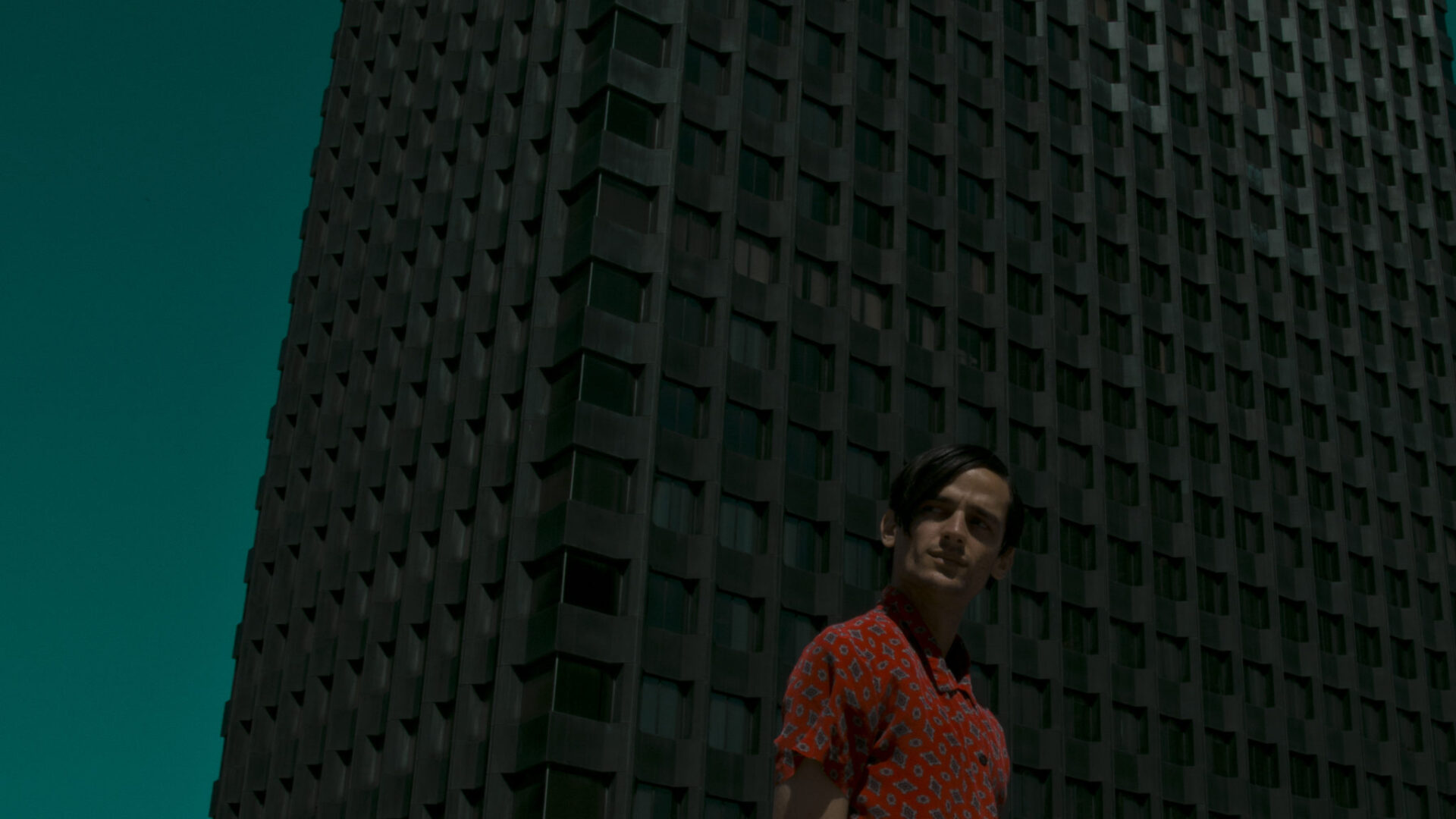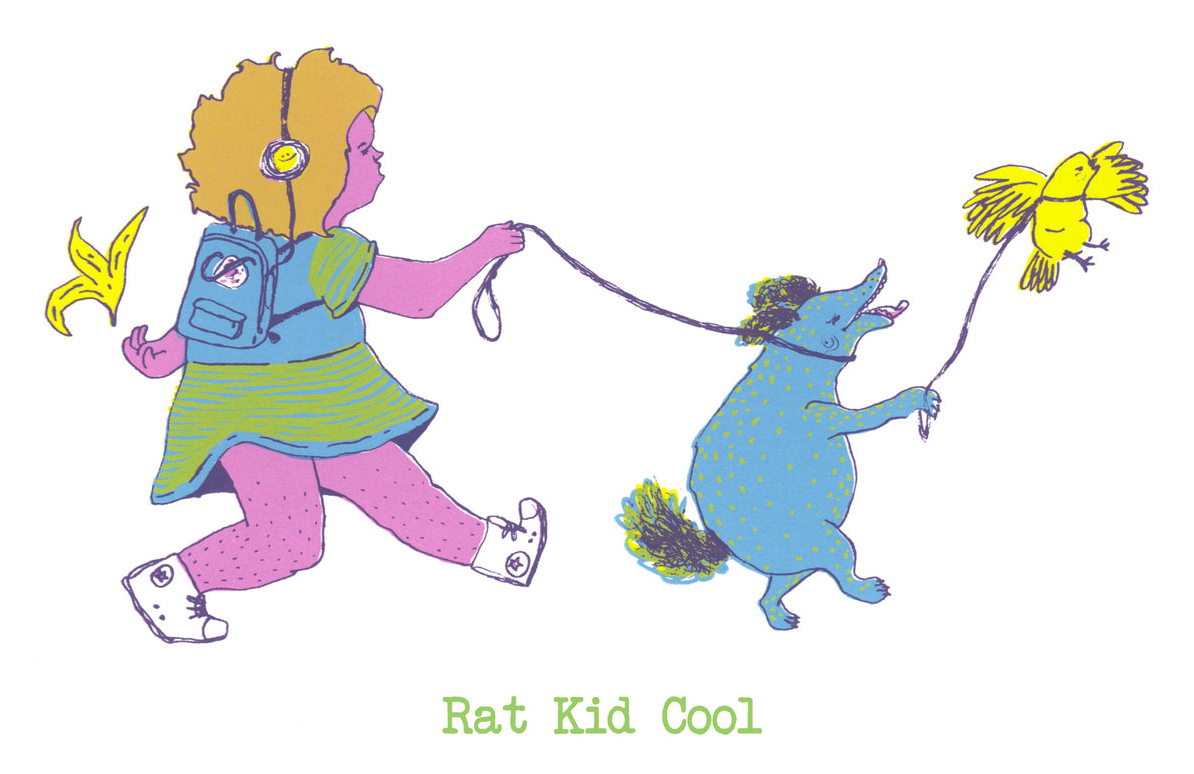Even before the 2024 WNBA Draft, there was excitement about the league’s future. Preceding all of this, the Women’s NCAA Championship and Tournament broke ratings records. WNBA commissioner Cathy Engelbert spoke of expansion and the goal of making this a 16-team league by 2028. Warner Bros Discovery expressed interest in acquiring the U.S. broadcast rights, as noted by The Atlantic. Not to mention that the WNBA was about to welcome one of their most talented draft classes, with the likes of Caitlin Clark, Angel Reese, Cameron Brink, Kamilla Cardoso, and Aaliyah Edwards, to name a few. There’s a beautiful synergy of stars aligning, and it finally looks as though this group of professionals will get their just due. Interest will keep growing as the ties between the collegiate and WNBA fans continue to strengthen. However, there are some growing pains to consider before we get there — some significant reasons why this momentum needs to continue.
As the WNBA is currently constructed, there are 12 teams, 12 roster slots, and 144 players. Immensely talented players will have to be cut because there is not enough space. Half of the WNBA 2023 draft class, including six top 24 picks, was cut last year. There was also talk about Caitlin Clark’s Indiana Fever contract and how low it is within her first four years in the league. To be fair, women’s basketball players have been ringing the bell for people to see this for years. In Clark’s case, she has a lot of NIL endorsement deals, but contracts that low for top rookies (and salaries overall) are absurd to think about. The guaranteed base salary for rookies in the WNBA is around $76,000, whereas it’s about $1.1 million in the NBA. The maximum salary in the WNBA is $234,936, whereas, in the NBA, it’s a lot. A true starkness of comparison smacks you in the face when discussing league revenue sharing. WNBA, the players receive 50% of the league’s revenue after it hits its reported goal. In the NBA, players receive 50% of all income regardless of the circumstances. The league has improved charter flight accessibility during the playoffs and back-to-back games, but there’s still a way to go.
I point all of this out to say that continued and sustained support would go a long way on the precipice of a historic night for the league itself. WNBA League Pass is only $35 for the year. If you have to cut back on a couple of Starbucks trips, it’s well worth the trade. Try to make it out to a game (or two), as the prices are very affordable. Follow the players you enjoyed in college and invest in their professional journeys like you do in men’s sports. That continued investment will help empower the WNBA athletes’ long (mostly ignored) calls for better pay, practice facilities and travel upgrades, and better media coverage. Buy apparel. Debate why players are better based on their skill sets (and please don’t center on misogyny). Most of all, call on those owners who have been knowingly leaving their checkbooks to the side to open them up and make investments in the league. Mark Davis, the owner of the Las Vegas Aces, put his money where his mouth is and built a $40 million training facility, and that has paid off with the team winning back-to-back WNBA championships and attracting talent like Candice Parker.
See what happens when you care about improving the sport instead of using the franchise to say you have a shiny thing to point to in a portfolio? We can enjoy the league’s progress while not losing sight of the fact that the WNBA’s highest potential hinges on our staying engaged. There’s no loser here; we would all benefit.













